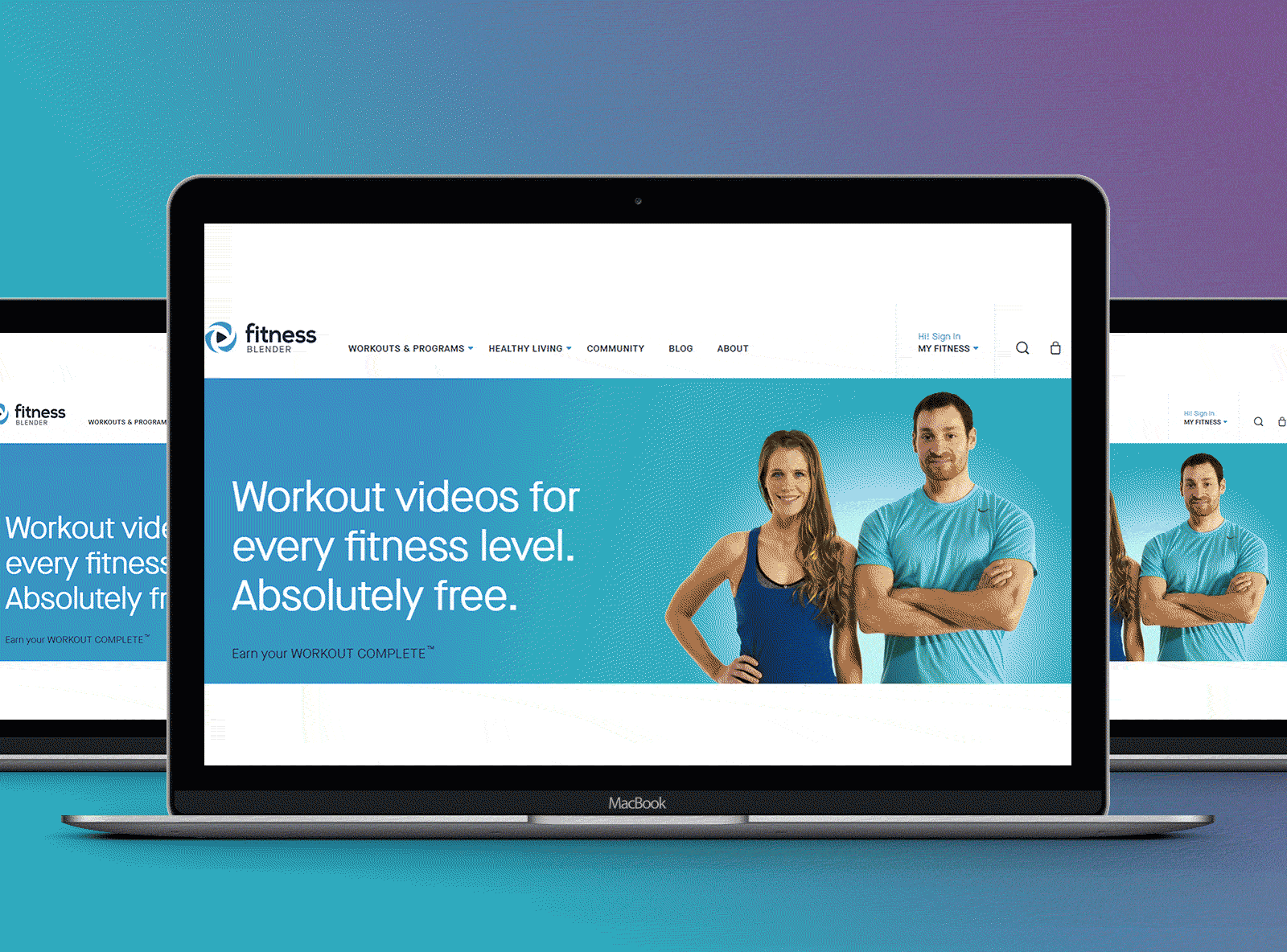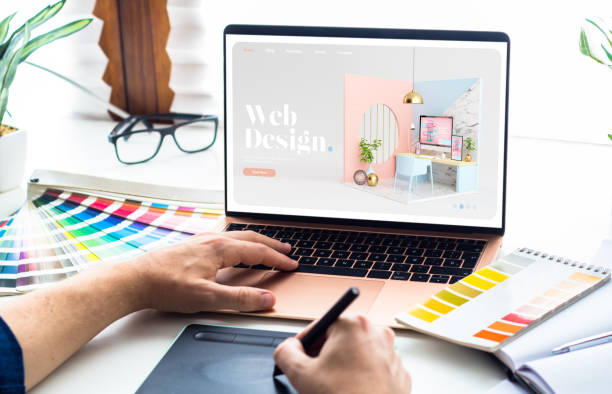Why Website Design in copyright Is Essential for Creating a Strong Online Presence
Why Website Design in copyright Is Essential for Creating a Strong Online Presence
Blog Article
Achieve Online Success With User-Friendly Web Site Design
In the progressively competitive electronic landscape, the design of a web site can be a crucial variable in establishing an organization's success. Straightforward layout not just enhances the overall user experience but additionally influences key metrics such as engagement, conversion, and retention rates.
Relevance of User Experience
User experience (UX) plays a critical role in the success of a web site, as it directly influences user contentment and involvement. A favorable UX guarantees that site visitors can browse the website effortlessly, access information swiftly, and complete wanted actions, such as purchasing or authorizing up for a newsletter, without stress.
In an electronic landscape where competition is strong, a web site that focuses on UX can dramatically boost brand commitment and retention. Users are most likely to return to a website that provides a seamless experience, developing a cycle of repeat check outs and increased customer life time value. Additionally, efficient UX style can lower bounce rates, as individuals are less inclined to leave a website that fulfills their demands successfully.
Furthermore, search engines significantly think about individual experience factors when ranking websites. Elements such as page load speed, mobile-friendliness, and instinctive navigation can influence a site's presence in search outcomes. By focusing on UX, services not only improve client communications but additionally boost their on the internet presence and trustworthiness. Hence, investing in individual experience is crucial for attaining long-term success in the digital marketplace.
Key Concepts of User-Friendly Style
A successful user-friendly style depends upon several key concepts that enhance functionality and access. Primarily is simpleness; a clutter-free user interface allows users to browse easily, reducing cognitive lots. This concept stresses the importance of clear and concise content, enabling users to locate information swiftly without unnecessary distractions.
Consistency is another important element. Consistent use of typefaces, designs, and colors promotes familiarity and develops trust fund. Customers need to really feel comfortable as they explore various areas of the website, recognizing that similar elements indicate associated functionalities.
Effective typography also plays an essential role in easy to use style. Understandable fonts, ideal dimensions, and sufficient spacing make certain that material is quickly readable across different devices. Incorporating instinctive aesthetic hierarchies aids users determine key information and activities at a glance.

Crucial Functions for Navigating
Reliable navigating is important for any user-friendly internet site, as it directly influences the total customer experience. A well-structured navigation system permits users to find information swiftly and successfully, decreasing disappointment and raising involvement.
One necessary feature is a clear and instinctive food selection that categorizes material practically - website design copyright. This food selection ought to be easily accessible from every web page, frequently placed on top or on the side of the internet site. Additionally, incorporating breadcrumb navigating assists individuals recognize their place within the site power structure and makes it simpler to backtrack
Look functionality is one more crucial part, making it possible for users to discover specific material without sorting via several pages. This feature ought to be plainly presented and receptive to variations in input.
Furthermore, a mobile-responsive layout makes certain that navigating stays seamless throughout gadgets. As mobile use continues to climb, menus need to adapt to various screen sizes without endangering capability.
Lastly, visual signs such as highlighting the energetic page and utilizing hover effects can enhance individual interaction. By integrating these crucial functions, web site designers can produce a navigational experience that is not just easy to use yet also motivates expedition and retention.
Accessibility Factors To Consider
Ease of access factors content to consider are important to producing an user-friendly web site that caters to all people, no matter of their capabilities or handicaps (website design copyright). Web sites must be developed to ensure that users with aesthetic, acoustic, cognitive, or motor disabilities can involve with content properly. This begins with adherence to the Web Content Access Standards (WCAG), which give a framework for making digital web content extra obtainable
Trick techniques consist of making use of detailed alternate text for pictures, making certain color contrast proportions satisfy ease of access criteria, and her explanation supplying captions for multimedia components. Furthermore, the navigating ought to be instinctive, enabling users to tab via web links and interactive elements conveniently. Implementing keyboard navigating is important for those unable to use a mouse.
In addition, succinct and clear language improves comprehension for users with cognitive restrictions. Types must be uncomplicated, with tags and instructions that are very easy to comprehend. Normal access testing, including user comments from individuals with disabilities, can help recognize barriers and boost use.
Measuring Layout Success

User comments studies and use screening are critical in analyzing the performance of design elements. These approaches enable developers to gather straight input from users, identifying pain points and areas for enhancement. Furthermore, tracking heatmaps can disclose where individuals click most often, helping to educate format changes and material prioritization.
Analytics devices play an important duty in determining design success by supplying data-driven insights. As an example, Google Analytics can track individual habits, revealing patterns that indicate whether the style is helping with or preventing the customer journey. Inevitably, an effective website layout not just meets service purposes yet also fosters a delightful and seamless user experience, driving involvement and loyalty gradually. Frequently reviewing these metrics makes sure that the site advances abreast with individual requirements and industry best techniques.
Conclusion
In final thought, user-friendly web site layout is extremely important for achieving on the internet success. Prioritizing customer experience with simplicity, instinctive navigating, and reliable responses mechanisms not only enhances user involvement and contentment however likewise promotes brand loyalty. Incorporating important navigating features and access considerations further guarantees that all individuals can properly engage with the site. Ultimately, measuring design success provides important understandings that direct continual improvement, solidifying a strong on the internet visibility in a competitive electronic landscape.
Websites must be made to make sure that individuals with visual, auditory, cognitive, or motor problems can engage with content successfully.Measuring style success entails reviewing how properly a site fulfills its intended goals while offering a positive user experience. Google Analytics can track individual actions, revealing patterns that show whether the layout is hindering the user or assisting in journey. Inevitably, a successful internet site layout not just meets company goals but likewise promotes a satisfying and seamless customer experience, driving involvement and commitment over time. Prioritizing customer experience Home Page with simplicity, user-friendly navigation, and efficient comments devices not just boosts individual interaction and contentment yet also fosters brand name loyalty.
Report this page